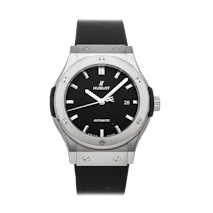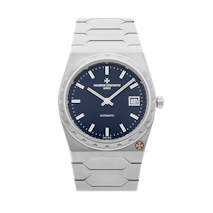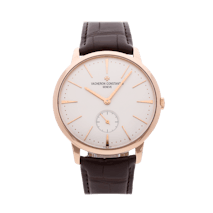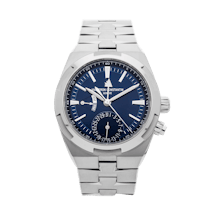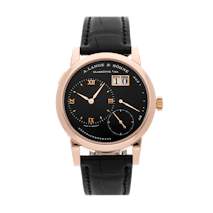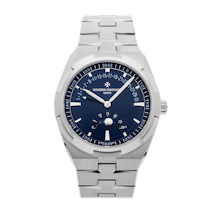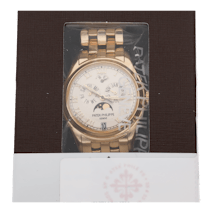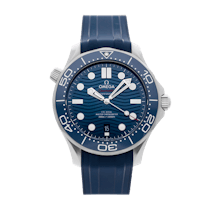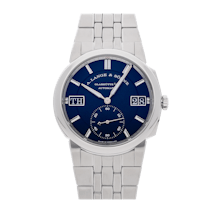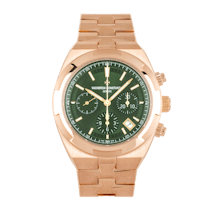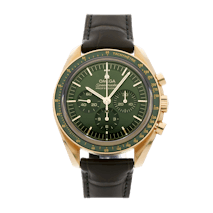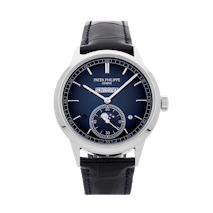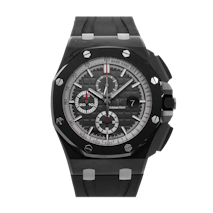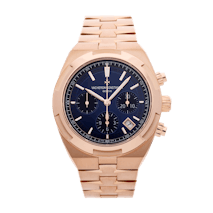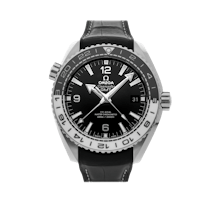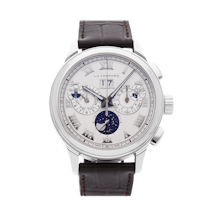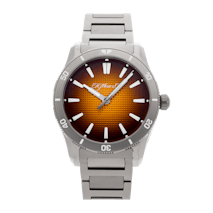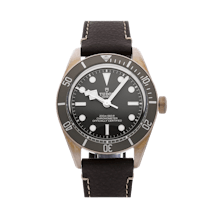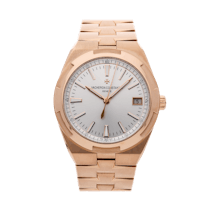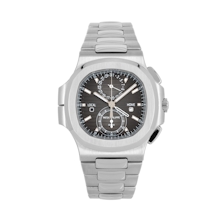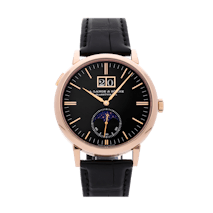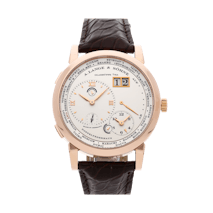Pre-Owned Discover Manual Wind Watches With Exhibition Casebacks
Exhibition caseback watches let you admire the engine behind the elegance. Each watch in this collection reveals its mechanical heart — rotors, decorated bridges, and finishing techniques that tell a story. Explore our hand-picked pre-owned exhibition casebacks, authenticated and ready to show off what's beneath the dial.
511 Watches
511 Watches
What Is an Exhibition Caseback?
An exhibition caseback features a transparent back — often sapphire or mineral crystal — allowing you to see the movement inside. It's a window to the rotor, balance wheel, gears, and decorative finishing. This design adds visual intrigue and mechanical soul to your watch.
Why Exhibition Caseback Watches Captivate Collectors
- Visible craftsmanship: see Geneva stripes, perlage, anglage, etc.
- Educational and aesthetic appeal: understanding movement mechanics without opening the case.
- Statement of luxury: brands that finish movements well take pride in showing them.
What to Know About Exhibition Caseback Watches
- Design impact: exhibition backs may slightly influence thickness or water resistance, but brands engineer around this to ensure durability.
- Movement quality: a display back lets you appreciate the inner workings — some showcase elaborate finishing, while others highlight technical precision.
- Crystal material: most use sapphire for clarity and strength, offering a clear and lasting view of the movement inside.
What to Know About Exhibition Caseback Watches
- Design Impact: Exhibition casebacks may slightly influence thickness or water resistance, but brands carefully engineer around these factors to maintain durability.
- Movement Appreciation: A transparent caseback lets you admire the mechanical movement inside. Many showcase elaborate finishing, Geneva stripes, perlage, and hand-polished components.
- Crystal Material: Most exhibition backs use sapphire for scratch resistance and clarity, offering a lasting view of the movement.
- Types of Movements: Both automatic and manual-wind movements can be displayed, allowing collectors to see the rotor or balance wheel in action.
Exhibition Caseback Watch Highlights
| Feature | What to Look For | Why It Matters |
|---|---|---|
| Crystal Material | Sapphire, mineral, or acrylic | Sapphire is preferred for clarity and scratch resistance, ensuring long-term visibility of the movement. |
| Movement Type | Manual-wind or automatic | Allows collectors to see components like rotors, balance wheels, and gear trains in action, enhancing appreciation of mechanical engineering. |
| Finishing & Decoration | Geneva stripes, perlage, hand-polished bridges | Showcases the brand's craftsmanship and attention to detail, adding aesthetic and collectible value. |
| Thickness & Case Design | Slim or slightly thicker cases | Design balances aesthetics with durability, ensuring the exhibition back doesn't compromise wearability. |
Notable References
It’s a watch whose rear case has a transparent window (usually sapphire) so you can see the movement — rotor, gears, bridges, etc.
Sometimes yes. The transparent caseback needs to be properly sealed, and in some instances adds thickness or slight risk. It depends on the brand and build quality.
Not necessarily — value depends on movement quality, finishing, rarity, brand. The visible movement can be a plus, but you want good craftsmanship behind the display.

